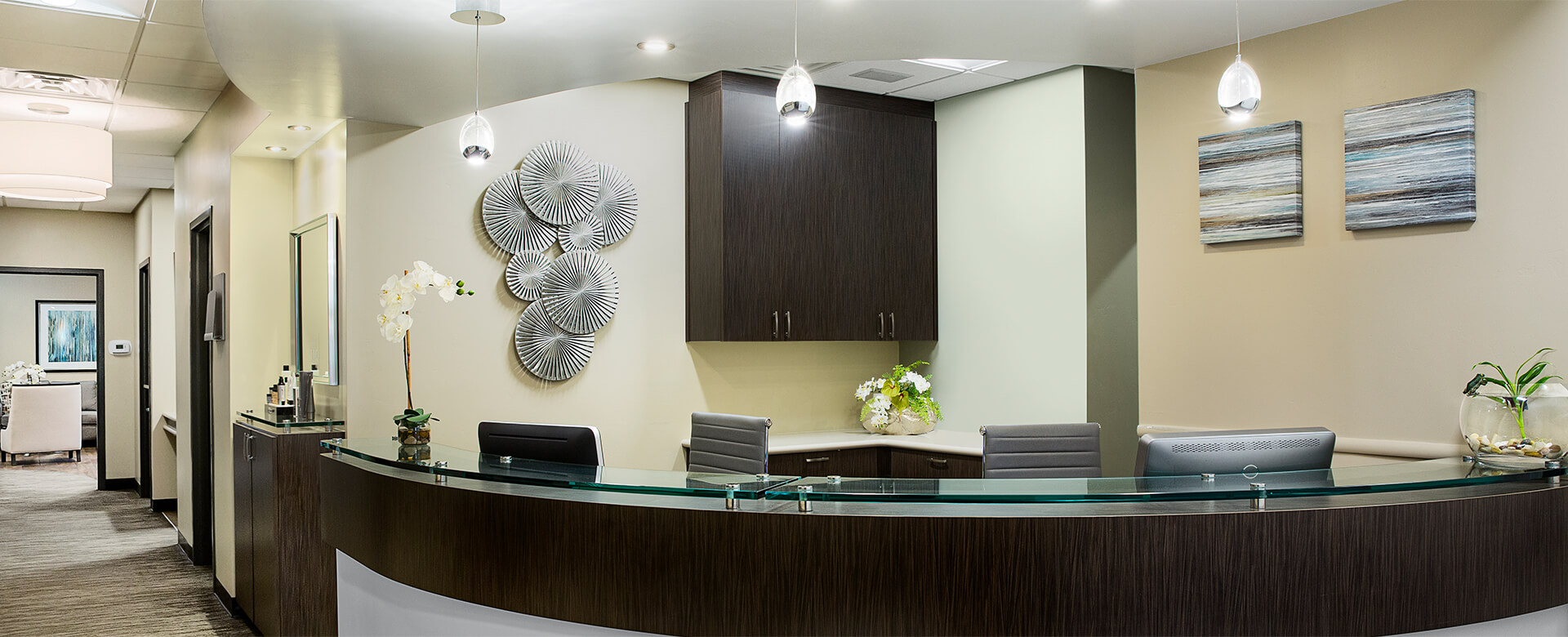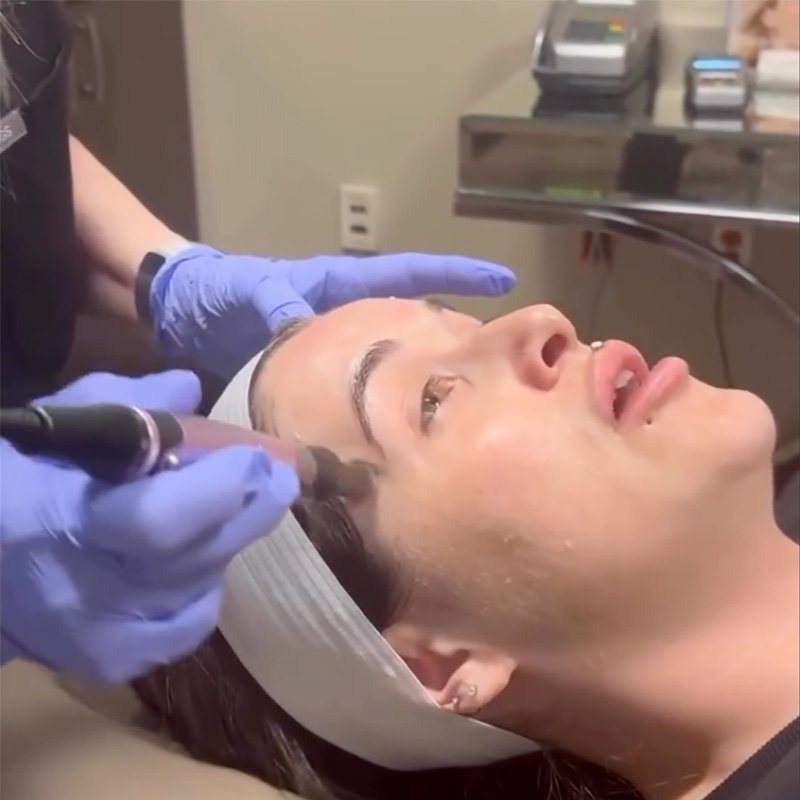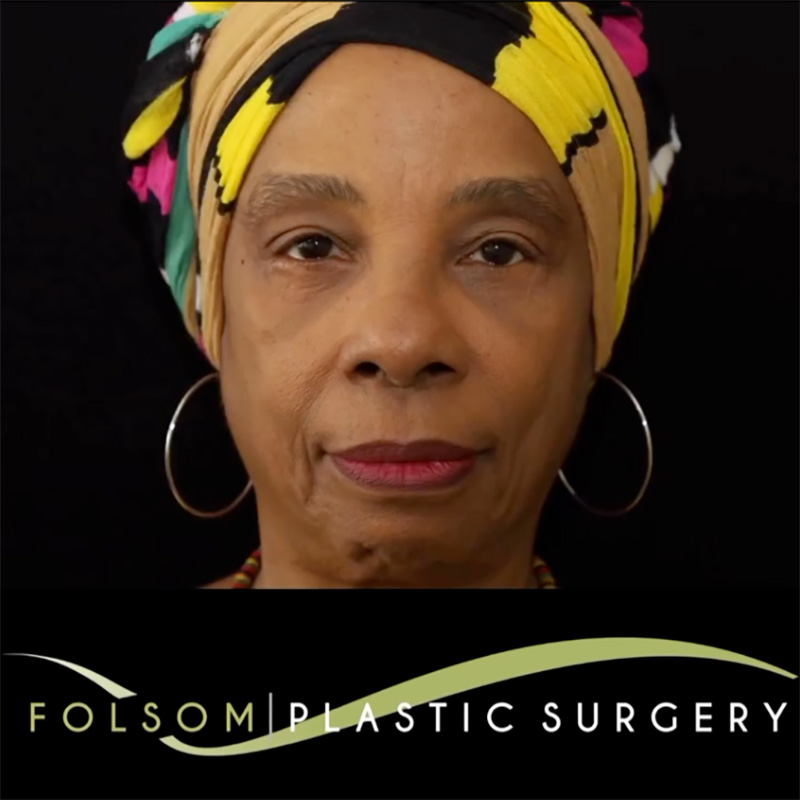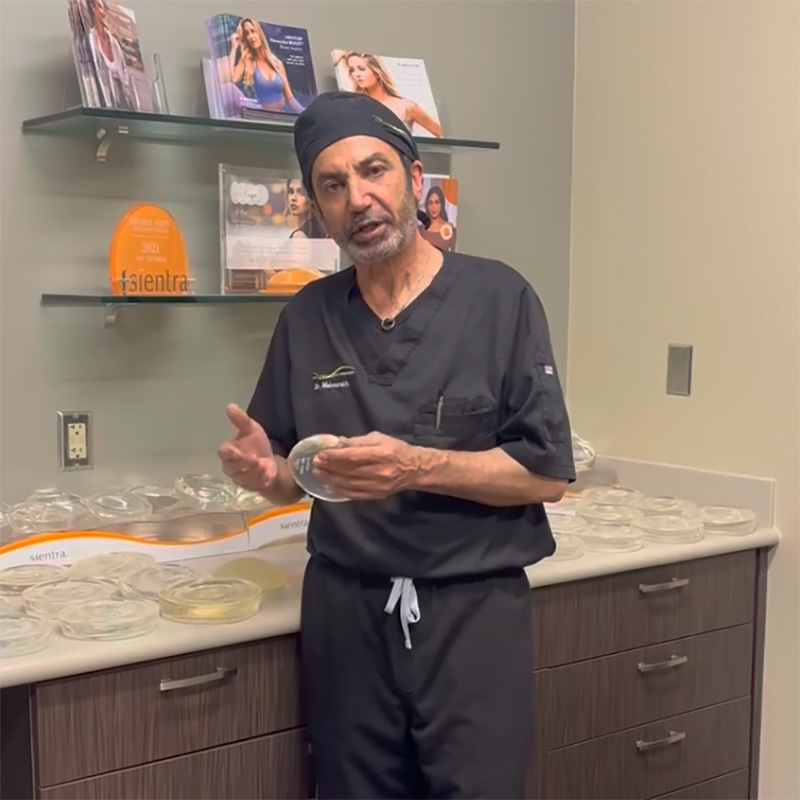
Most patients who undergo rhinoplasty generally know what to expect during the recovery period. However, there is one aspect of recovery that might not come to mind for some potential patients: talking after surgery. This blog discusses general recommendations for talking during rhinoplasty recovery, as well as tips patients can follow to increase the likelihood of a smooth healing process.
3 Min Read:
What Happens Immediately After Nose Surgery?
After rhinoplasty, it’s typical to experience a mix of mild discomfort, swelling, and nasal congestion. A splint is placed after surgery to help the nose maintain its new shape, but it’s important to note that Dr. Shahriar Mabourakh does not use nasal packing, so patients can breathe through their nose after surgery. You will go home on the same day as your surgery, and you will need to prioritize resting and protecting your nose to promote optimal healing.
Can You Talk After Nose Surgery?
In short, yes. You can communicate after rhinoplasty, but most surgeons recommend keeping talking and dramatic facial movements to a minimum, especially during the first week or so after surgery. Moving the upper lip or nose can stress the healing tissues and make swelling worse, prolonging recovery.
Obviously, you still need to communicate with those around you, so speaking in a slightly lower tone for short periods of time won’t negatively impact your results. That said, it is not recommended to have long phone catch-ups or intense heart-to-heart conversations until your nose has had time to heal and the swelling has gone down. Occasionally, you may find it difficult to maintain a consistent voice after rhinoplasty, but this tends to go away as your body heals.
Can Talking After Rhinoplasty Ruin Your Results?
A normal amount of talking and conversation with those around you after surgery will not negatively impact your final rhinoplasty results. However, overexertion from dramatic facial movements, such as screaming, laughing, or exaggerated expressions, can strain healing incisions and, in extreme cases, even disrupt delicate nasal structures.
Although the risk of completely altering your results is low, it is best to take it easy, get plenty of rest, and listen to your body. Be gentle with facial expressions and movements, especially during the first two to three weeks of rhinoplasty recovery. Don’t hesitate to contact Dr. Mabourakh with any questions or concerns during your recovery, especially if you feel any abnormal pain in your face.
Tips for a Speedy Rhinoplasty Recovery
- Talk as little and as gently as possible during the first week.
- Try to avoid laughing, singing, or making animated facial expressions.
- Eat soft foods. Avoid vigorous chewing, which can move your upper lip and nose and can increase swelling.
- Do not blow your nose for one to two weeks after surgery to allow the tissues to heal.
- Ice packs or cold compresses applied near the nose can help reduce swelling. Don’t put ice directly on your nose.
- Keep your head elevated, including while sleeping, to minimize swelling.
- Take all medications as prescribed and follow Dr. Mabourakh’s aftercare advice precisely.
When Can You Resume Regular Facial Movements After Rhinoplasty?
Resuming regular facial expressions and speaking after nose surgery is a process that requires patience. Most patients can talk, yawn, and gently smile within the first week of recovery. Resuming more strenuous activities like laughing, harsh sneezing, and extensive talking may take a little longer—about two to three weeks. Everyone’s progress will be different, so be sure to attend all follow-up appointments and confirm with Dr. Mabourakh when you are clear to resume certain strenuous activities.
Interested in Rhinoplasty in Sacramento, CA?
To schedule a consultation with board-certified plastic surgeon Dr. Shahriar Mabourakh, call Folsom Plastic Surgery at (916) 984-8585 or fill out the online form.






